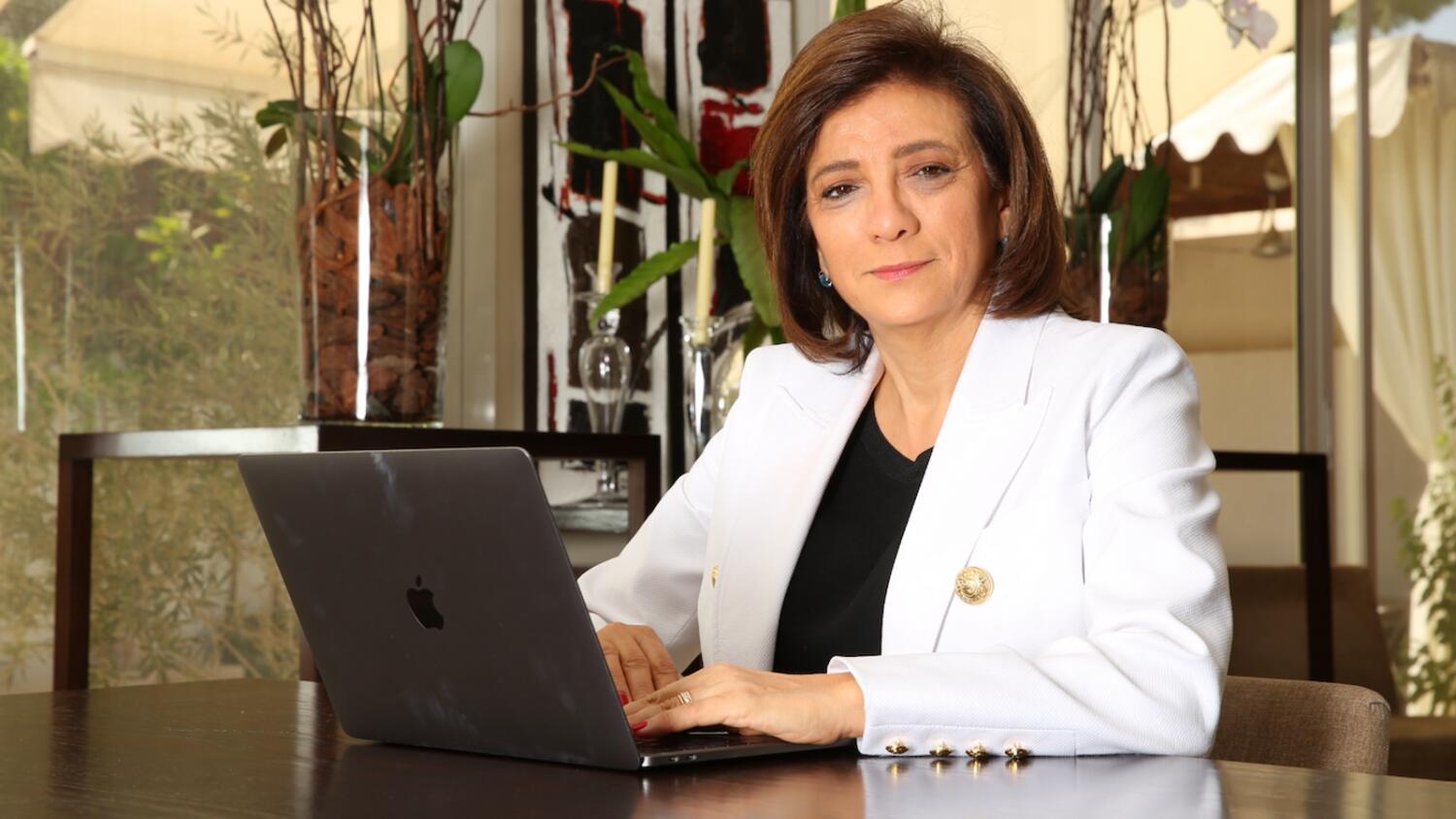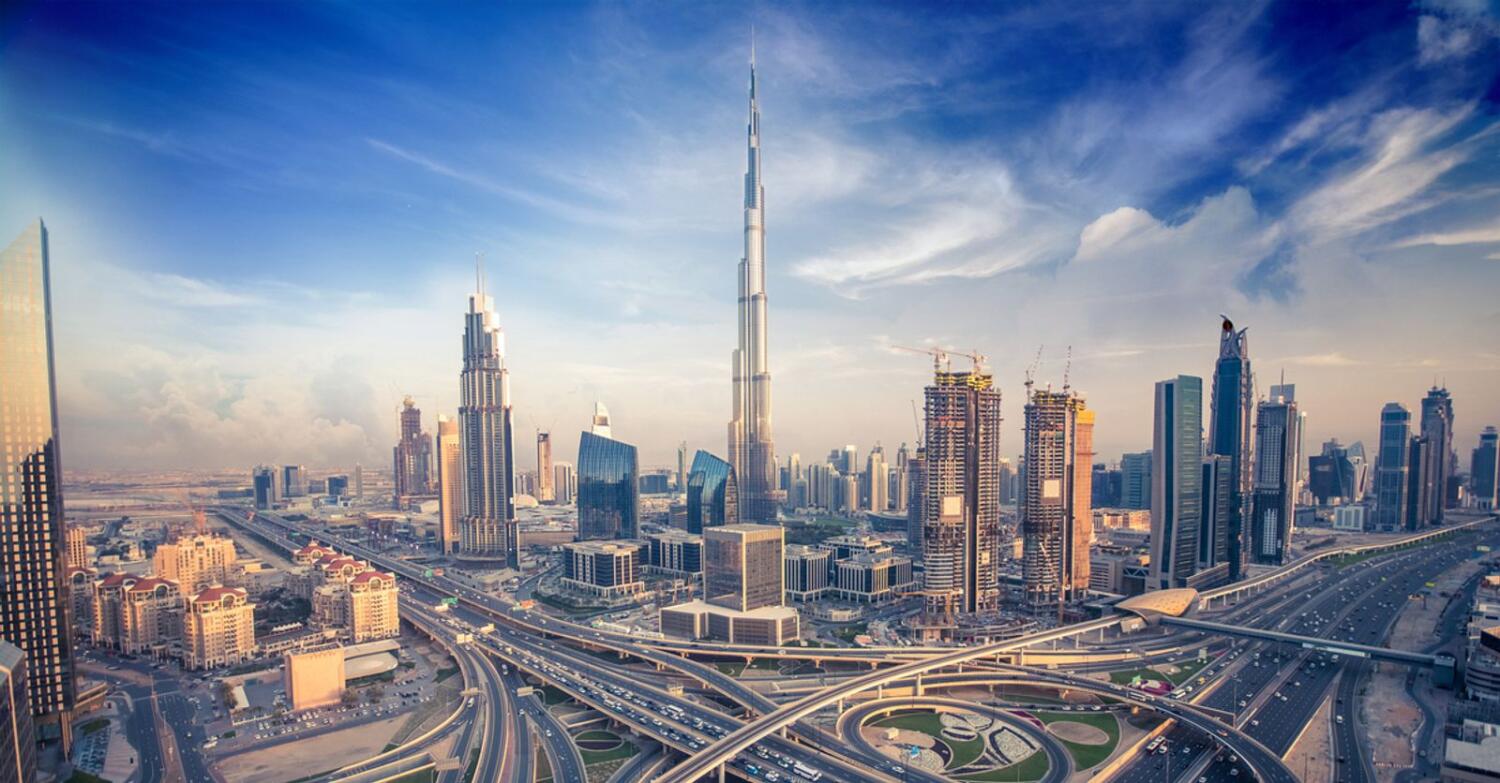Everything you need to know about wildlife photography, from setting up gear to handling challenging circumstances
- byAdmin
- Jul 2, 2024
- 11 months ago

Award-winning Kuwaiti wildlife photographer and Canon Ambassador for EMEA, Mohammad Murad, has achieved notable success in his field. In 2014, Murad switched from a job in communication engineering to photography. Since then, he has taken amazing pictures of animals in a variety of settings, including the steppes of Mongolia and the Kuwaiti deserts. His photography demonstrates his intense love for photographing birds and his proficiency with slow shutter speeds, which have brought him several accolades since 2016. In this interview, Murad talks about his incredible trip and the skill of using photography to convey a tale.
What first piqued your curiosity about photography? How did you start your path to become a well-known wildlife photographer?
In my opinion, it's a progressive process that started in early life. In addition to being an artist, my mother painted in schools. Throughout our early years, my brothers and I were photographed by our equally imaginative father, who took pictures to record everything. When we travelled around Europe, my parents would take us to museums and art galleries because they valued art and cultural heritage. There must have always been a light inside of me that passed years unnoticed.

What do you think about using photos to communicate a story?
A well-taken picture has the power to tell a tale, evoke feelings, and encourage reflection. Wildlife photographers may make ordinary moments remarkable by using their dedication to detail, eye for light, patience, technical expertise, a little bit of luck, and a profound regard for nature. These moments can then test our perceptions of the world and our ability to comprehend and appreciate it.
Your unique slow shutter approach is well-known in your work. What would you say about the style of your photography?
I adore taking pictures with long shutter speeds. Even if a perfectly composed still image is amazing, adding a little motion to the picture gives it life and movement. When the viewer's typical frames of reference are gone, slow shutter speed photography may be an artistic form that creates an exciting and demanding challenge to identify the image. Longer exposures are used in abstract photography to preserve motion, a moment in time, or an abstractly stated emotion. I make an effort to welcome the serendipity that comes through in my work. An abstract shot leaves room for interpretation and ambiguity in every aspect. I always take the time to explain a shot, but I also give people the freedom to analyse, comprehend, and explore it in their own ways.

Indeed. What I want to convey in a given photo at a given time determines my method. It is affected by a number of things, including the narrative I'm attempting to convey, the setting, the lighting, the circumstances, and the conduct of the subject.
Photographing wildlife needs perseverance and patience. Could you walk us through your thinking process when getting ready for a wildlife photo shoot?
I carefully select my gear depending on what I want to take pictures of. For example, I always carry three camera bodies coupled with different lenses: a wide-angle lens, a zoom or prime lens, and a macro lens—if I'm driving a car or staying covert, as in Kuwait or Africa. Since you can never predict what the elements may bring, it is essential to be ready. But that's a different story on a walk or stroll. Because it's easy to carry, I choose to use my "beast combination" in this scenario, which is the Canon R3 with the RF 100-500mm lens.
What typical difficulties do you anticipate when taking pictures in the outdoors?
Since we have no control over the surroundings, the animals, the lighting, or the weather, wildlife photography is by its very nature difficult. I wish I could, but I can't talk to animals like Dr. Dolittle and tell them where to stay. This is where you need to exercise patience.
Certain places are difficult to get to and need for a high level of stamina and fitness. I had to prepare for low oxygen levels at tremendous heights and ascend steep slopes on my most recent excursion in Mongolia. Taking pictures in severely hot or cold weather—such as -40°C in Mongolia or 55°C in Kuwait—is very difficult and uncomfortable. I frequently find myself in close proximity to hazardous creatures and their habitats while working as a wildlife photographer. I have to be ready and prepared for any difficulty in these kinds of scenarios.
Through your art, what message would you wish to convey to the world?
If you as a photographer put your all into what you do, you will ultimately realise your ambition. Your trip won't be as pleasurable if you're always focused on achieving your final objective, which might be becoming an award winner, a master photographer, or even an ambassador for a vendor. Enjoy the little things in your profession; you have to pursue your passion to achieve that. Pick a vocation that you are passionate about; this will enable you to overcome obstacles, boredom, practice, and dull times. It takes a lot of time and work to improve your talents and discover your own style as a photographer. Great photographers are not born that way.
Post a comment
Hot Categories
Recent News
Harris Campaign Gains Momentum with $200 Million Raised After Biden's Exit
- Jul 29, 2024
- 10 months ago
Daily Newsletter
Get all the top stories from Blogs to keep track.




0 comments